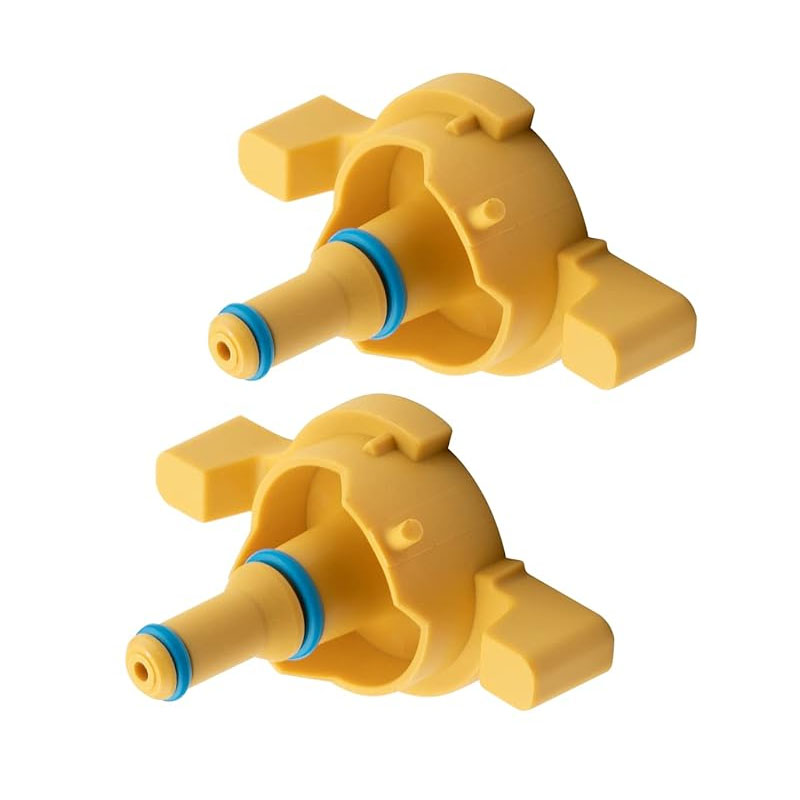axle output shaft seal
Understanding Axle Output Shaft Seals Importance and Maintenance
The axle output shaft seal is a critical component in automotive engineering, playing a vital role in ensuring optimal performance and longevity of a vehicle. This essential seal is located at the end of the axle, where the shaft exits the transmission or differential. Its primary function is to prevent gear oil or transmission fluid from leaking out, while simultaneously keeping dirt, debris, and moisture from entering the system. Understanding the significance of this seal can help vehicle owners maintain their cars more effectively and avoid costly repairs.
Importance of the Axle Output Shaft Seal
The axle output shaft seal serves multiple important functions. Firstly, it preserves the integrity of the vehicle's lubrication system. Lubricants are essential for reducing friction and wear on moving parts within the transmission and differential. If the axle output shaft seal fails, it can lead to significant fluid loss, resulting in inadequate lubrication. This can cause increased wear and tear on gears and bearings, ultimately leading to mechanical failure and potentially costly repairs.
Additionally, the seal acts as a barrier against contaminants. In automotive environments, various particles, such as dirt, water, and debris, can easily infiltrate mechanical systems. A compromised seal can allow these harmful elements to enter, leading to accelerated wear and potential damage to internal components.
Signs of a Failing Axle Output Shaft Seal
Recognizing the signs of a failing axle output shaft seal is crucial for timely maintenance. Common indications include fluid leaks visible underneath the vehicle, particularly near the differential or transmission area. If you notice a puddle of fluid that appears greasy or reddish, it might indicate that the axle output shaft seal has started to fail. Additionally, a whining or grinding noise while driving can signal that your transmission or differential is not adequately lubricated due to a leak.
axle output shaft seal

If you suspect an issue with your axle output shaft seal, it is important to address it as soon as possible. Ignoring the problem can lead to more severe damage and may necessitate complete transmission or differential replacement, which can be significantly more expensive than simply replacing the seal.
Maintenance Tips
Preventive maintenance is the key to prolonging the lifespan of your axle output shaft seal. Regularly inspecting the seal for any signs of wear, cracking, or deformation is crucial. Make it a habit to check for fluid leaks during routine vehicle maintenance. If you replace the transmission or differential fluid, ensure that new seals are installed, as older seals may not seat properly with new fluids.
When it comes to replacement, using high-quality seals that meet or exceed manufacturer specifications is vital. Poor-quality seals may fail prematurely, leading to further issues down the line.
Conclusion
The axle output shaft seal may be a small component, but it plays a pivotal role in the functionality and reliability of a vehicle. Understanding its importance, recognizing the signs of failure, and committing to regular maintenance can save vehicle owners from expensive repairs and extended downtime. By prioritizing the health of this essential seal, you can ensure your vehicle remains in top working condition for years to come.
-
The Ultimate Guide to Boat Propeller Bearings and Trailer Wheel Bearings
News Jul.31,2025
-
The Essential Guide to Marine Bearings and Boat Trailer Wheel Bearings
News Jul.31,2025
-
The Complete Guide to Heavy Duty Seals: Protecting Doors and Spaces Efficiently
News Jul.31,2025
-
Essential Guide to Marine Shaft Bearings and Boat Trailer Axle Bearings
News Jul.31,2025
-
Comprehensive Guide to Marine and Trailer Bearings for Safe Boating and Transport
News Jul.31,2025
-
Comprehensive Guide to Automotive Oil Seals: Protecting Your Engine and Shafts
News Jul.31,2025
-
Understanding Automotive Oil Seals: Essential Components for Engine and Shaft Protection
News Jul.30,2025
Products categories















